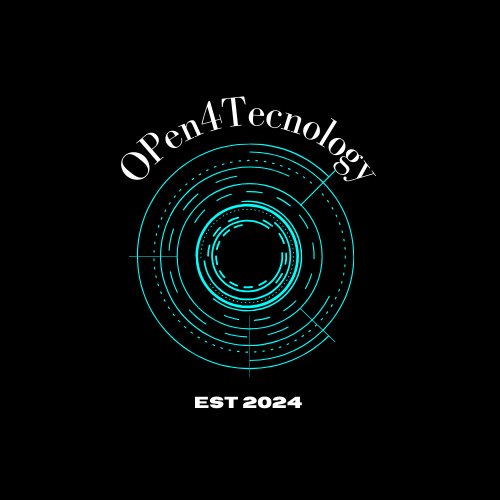Restaurant Technologies Introduction:
Restaurant technologies of today are turning the situation over as they are restructuring the overall dining experience, and at the same time, operational platforms are sharing as well as improving customer service while ensuring that operations are efficient at the same time. Technologies that are changing the game in the restaurant scenario are POS systems, kitchen automation, and internet apps to mention a few.
 |
| Restaurant Technology |
Point-of-Sale Systems:
Point-of-sale (POS) systems are systems used in restaurants to perform transactions and control the order, this kind of technology is mainly used to ensure that the processing of orders is automated efficiently. With POS set up, stuff such as menus, payment, and inventory tracking can be done. It is also used to facilitate any discrepancy issues and enhance service speed and accuracy
Kitchen Automation:
Internet of Things (IoT) appliances bring about kitchen automation, e.g., LED display screens and kitchen display systems (KDS) for faster order fulfillment. Communication between the front and the back of the house is also dramatically improved. Order errors decrease, and cooking time gets faster. The main target of increasing efficiency and customer satisfaction in the food business is achieved through this technology.
Online Ordering Platforms:
Ordering platforms allow a way that clients can now order meals remotely using the internet app or a personal computer. These apps integrate well with POS systems saving a lot of time in payments and processing. The cloud-based system of these apps offers many benefits to the customers like security, firewalls, and PCI which make these systems hassle-free and quite transparent for the dining places
Tableside Technologies:
Tableside technologies, such as portable handheld devices and tablets, add to the restaurant experience by reducing the time to process orders allowing them to view the menu and make payments using the tabs right at their tables. Service standards are higher because all the time at the dining table is cleared up, or the wrong orders if at all, are usually very quickly corrected.
Reservation Management Systems:
This technology offers advanced customer care in a way that patronage and guest preferences are easily tracked. One of the features usually embedded in the system is automated reminders and real-time availability updates which can be utilized by both staff as well as customers to enhance their experience while making a reservation.
Inventory and Supply Chain Management
: Inventory and supply management systems handle various activities in a restaurant including stock levels monitoring, ingredient usage checking, and procurement processes. The system can be customized such that the user incorporates a more accurate control of stock and minimizes long-delayed ordering.
 |
| Inventory and Supply Chain Management |
Analytics and Business Intelligence:
On the other hand, utilizing analytics and business intelligence technology is quite efficient in data analysis. These tools offer a wide array of customers' activities and purchases as well as other crucial elements for decision-making in running the restaurant. Managers, therefore, will be able to better understand the needs and preferences of their clients, thereby resulting in better retention rates for customers as well as improved financial performance of their businesses.



1 Comments
Informative
ReplyDelete